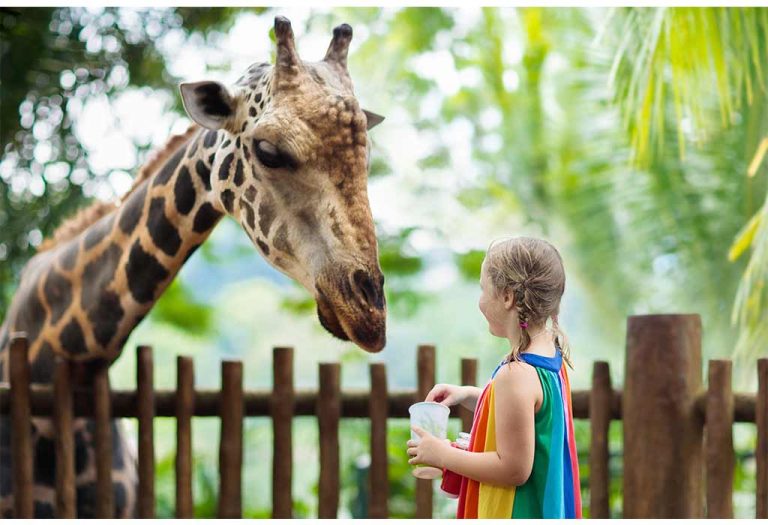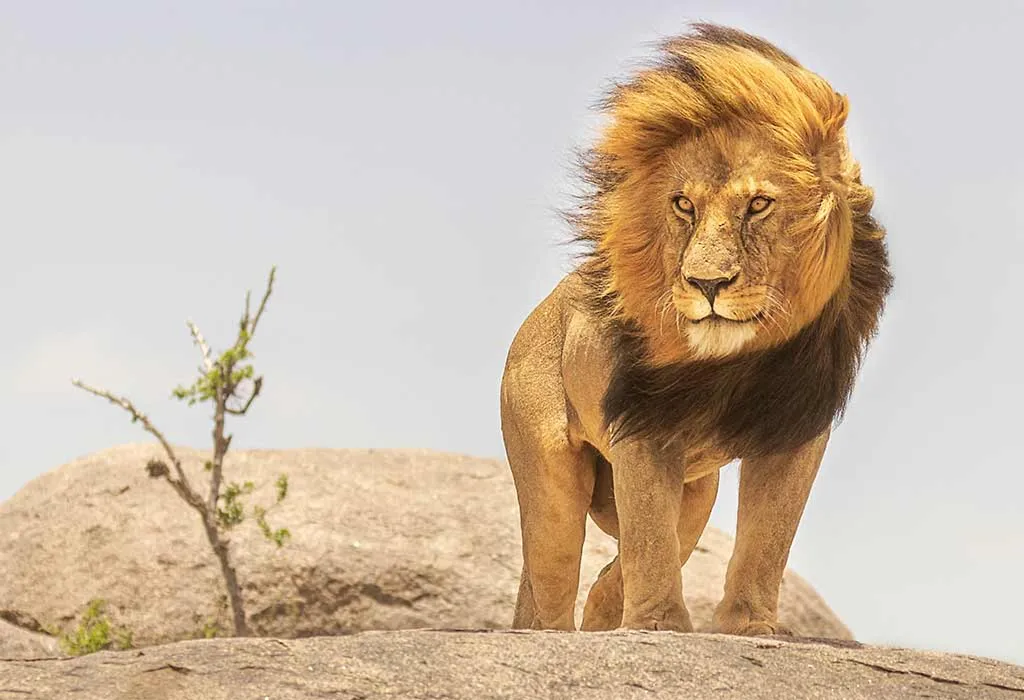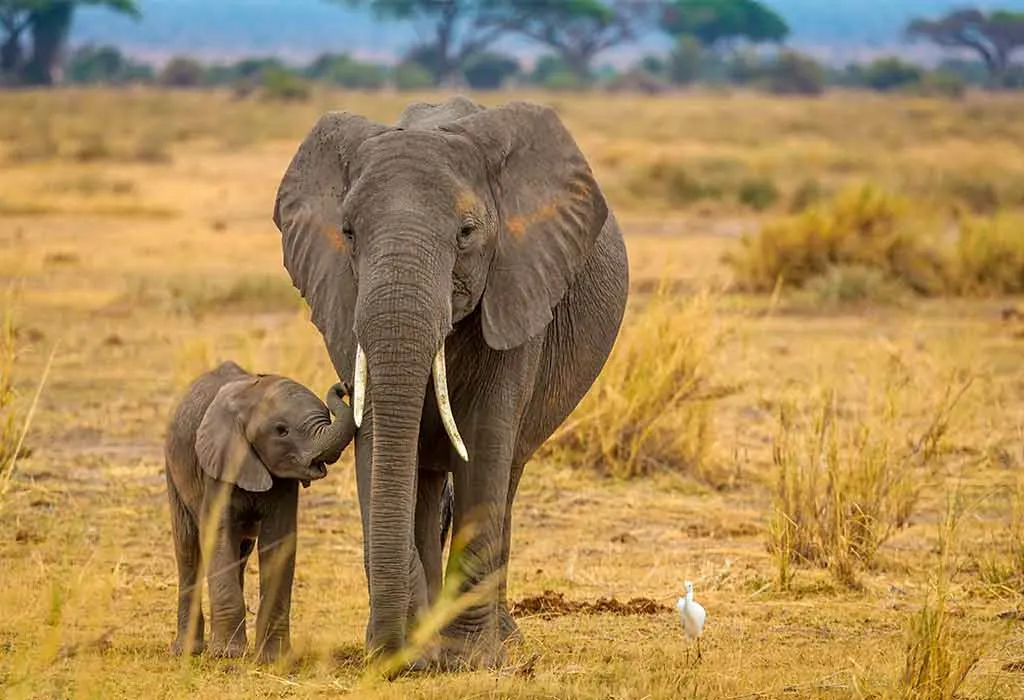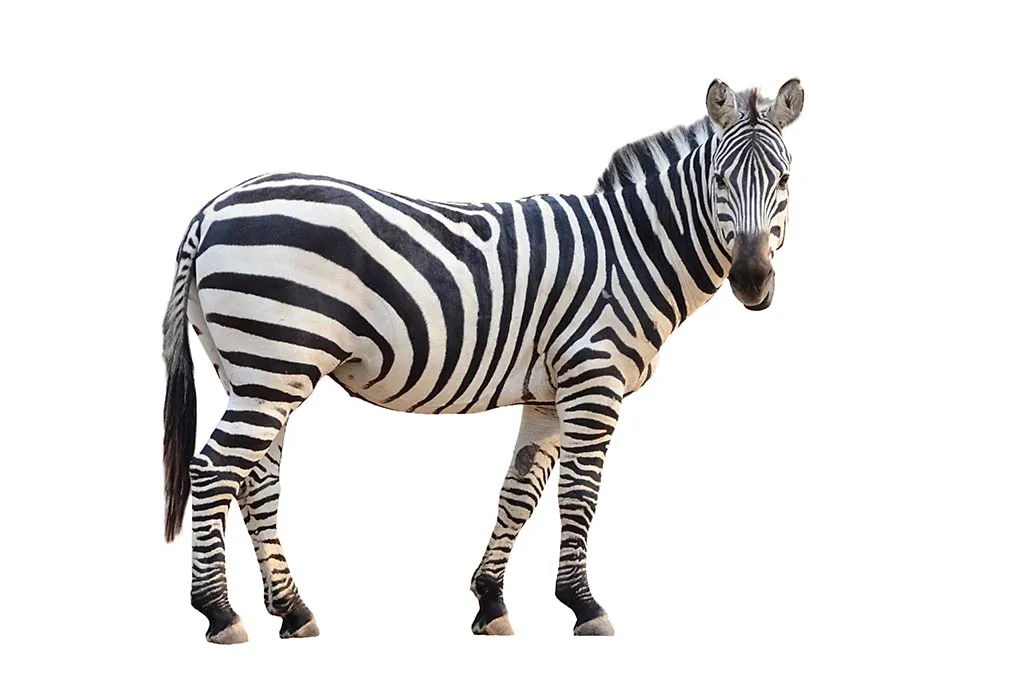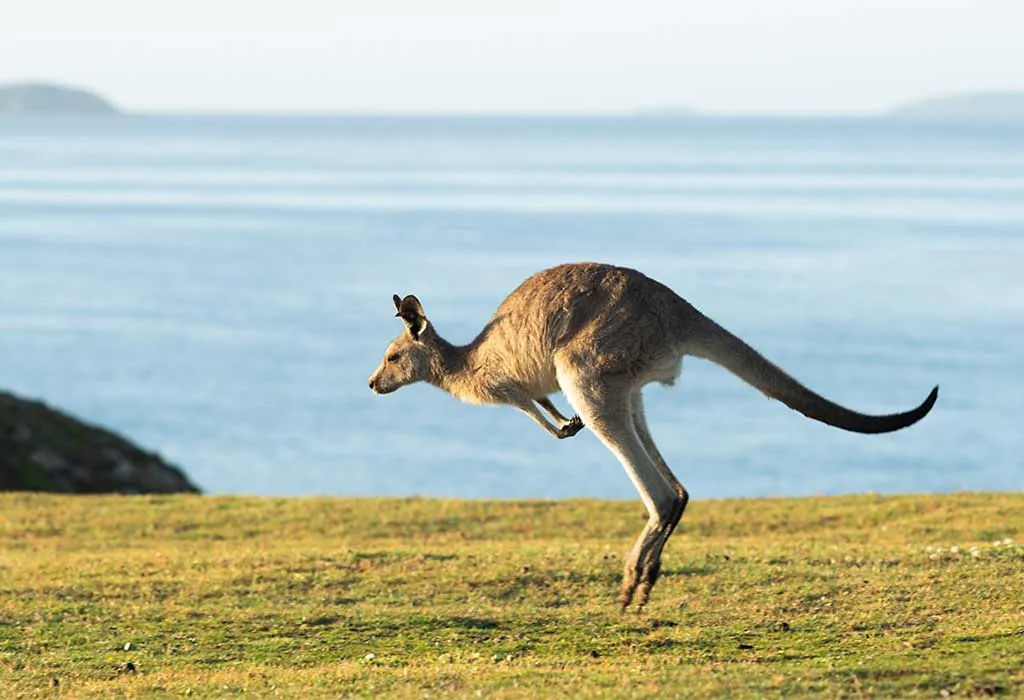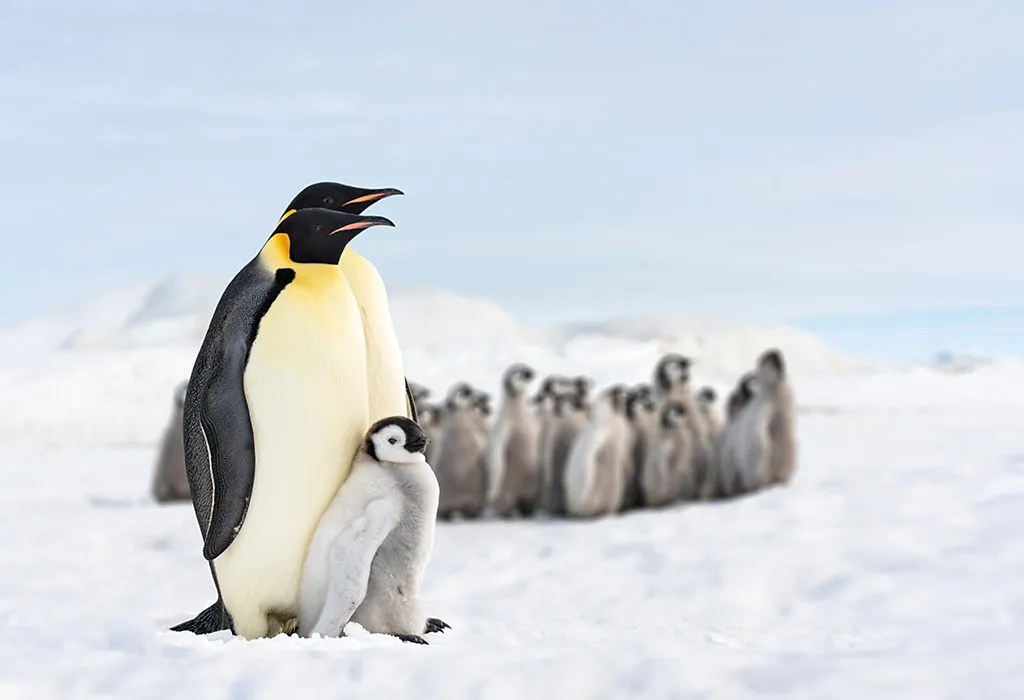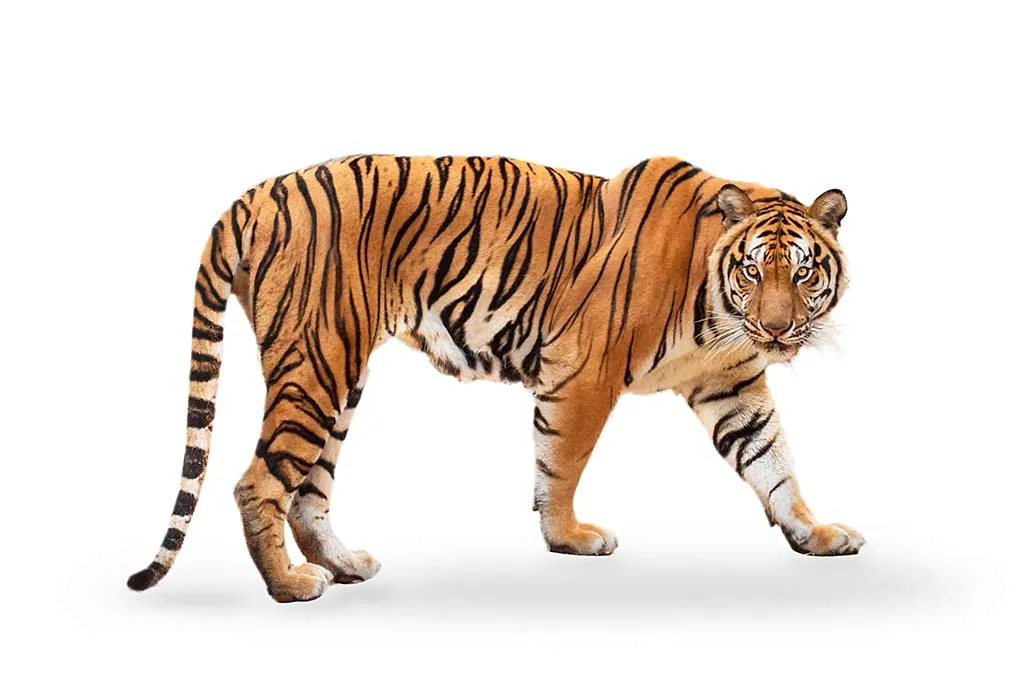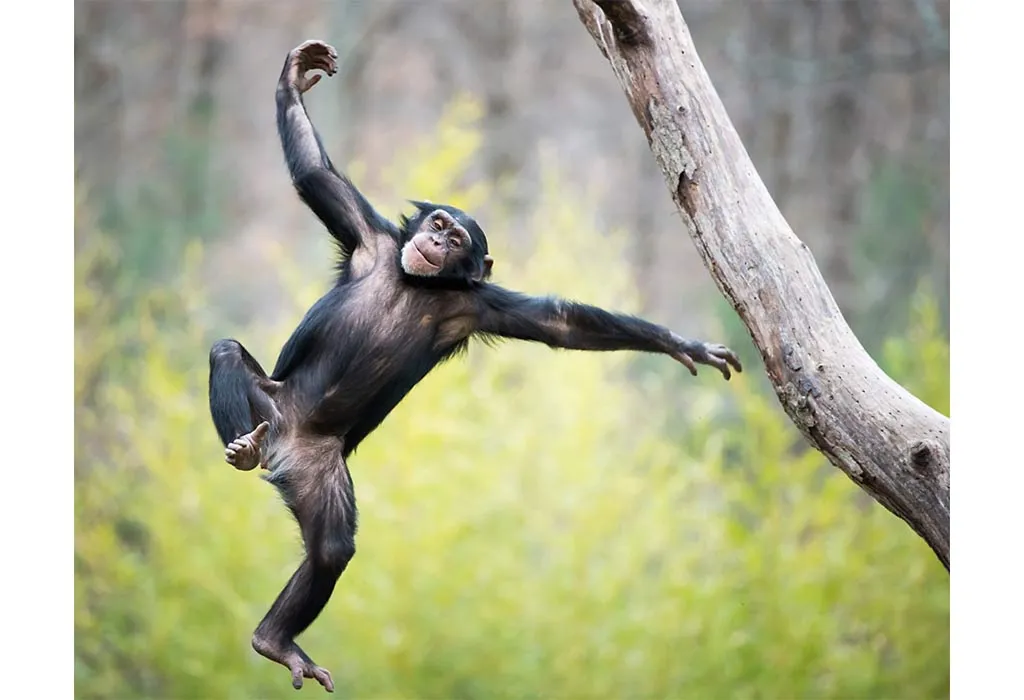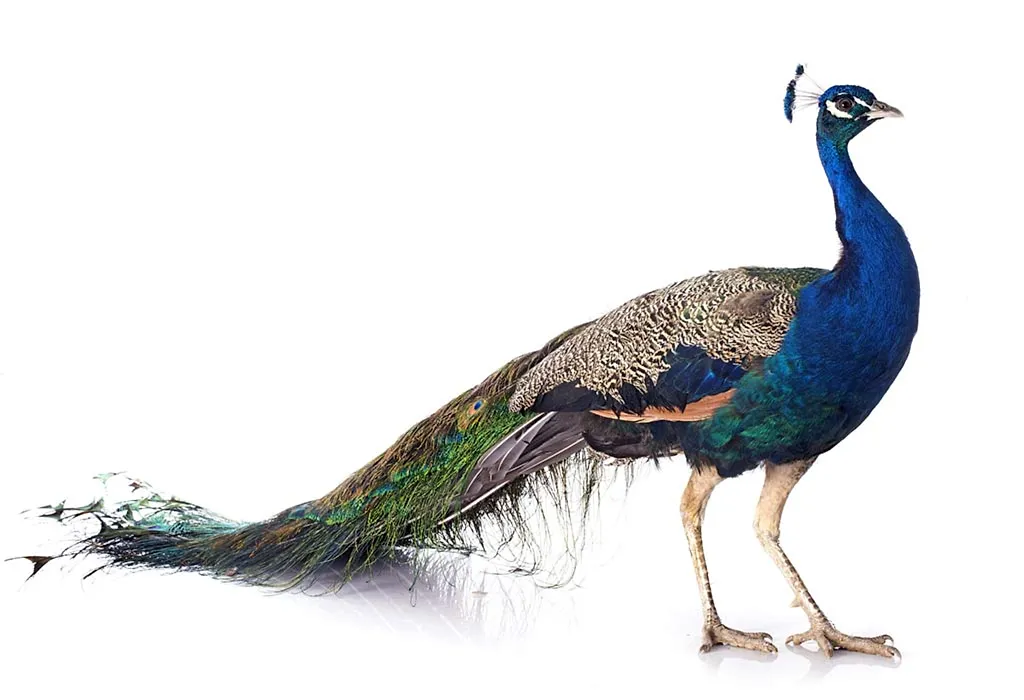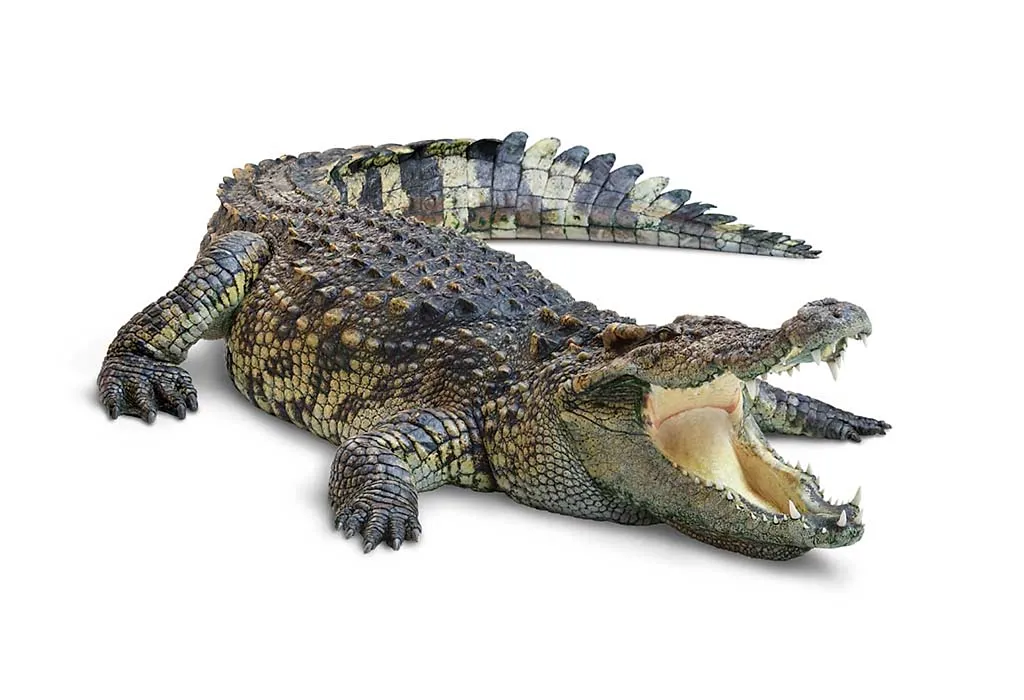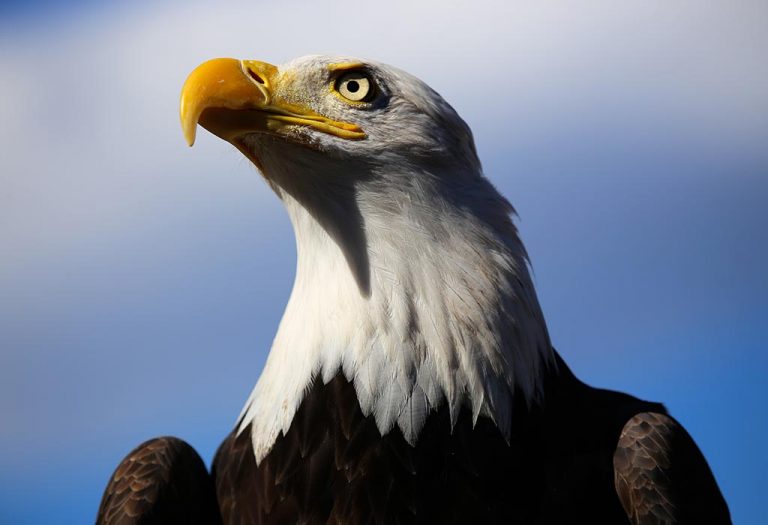Teach Your Kids About Zoo Animals With Pictures
Taking a trip to the zoo can be a magical experience for any child. With every step, they’re introduced to the diverse world of real and wild zoo animals, sparking wonder and curiosity. But what if we told you that you can bring that experience right into your living room? Introduce your child to both the majestic and cute zoo animals through vibrant pictures and exciting tales. Here’s how.
What Are Zoo Animals?
Zoo animals encompass a wide range of creatures from around the world, showcased for public viewing and education. From the tiniest small zoo animals like colourful frogs and insects to the grand elephants and lions, the variety is wide. This diverse collection ensures that visitors get a glimpse of different habitats and types of zoo animals, making zoos a melting pot of global wildlife.
Common Zoo Animals With Their Names
The allure of a zoo often lies in the diverse assortment of animals it houses. Familiarizing oneself with zoo animal’s names can be a thrilling journey, especially for children. Many parents and educators turn to a zoo animals list with pictures to help children connect visually while learning. Here’s a list of some of the most popular zoo animals to get started:
1. Lion
Frequently referred to as the ‘King of the Jungle’, lions are regarded as regal beings that often top the list of must-see animals in zoos. Renowned for their social structure, lions live in groups called pride, which are matriarchal and led by females. Their roaring can be heard from up to 5 miles away, serving as a powerful means of communication.
2. Elephant
These gentle giants are known for their intelligence, strong familial bonds, and impressive tusks, which unfortunately make them targets for poaching. Elephants are also remarkable for their memory and ability to use tools, demonstrating profound cognitive abilities.
3. Giraffe
Standing tall with long necks, giraffes are unique animals that feed primarily on leaves from the tops of trees, a diet facilitated by their height. Their long tongues, which can reach up to 20 inches, help them manoeuvre around thorns to eat the leaves they need.
4. Zebra
With their unmistakable black and white stripes, zebras are a delight to watch as they graze in groups. These patterns are unique to each individual and serve as camouflage to protect them from predators. Zebras are also known for their strong social bonds and will often be seen grooming each other.
5. Kangaroo
Native to Australia, kangaroos are known for their powerful hind legs and the pouches in which they carry their young, known as joeys. These marsupials can leap distances of over 25 feet, making them remarkable athletes of the animal kingdom.
6. Panda
These black and white bears primarily feed on bamboo and are a symbol of conservation worldwide. Despite their diet being largely bamboo, pandas have the digestive system of a carnivore, which makes their choice of food particularly unique.
7. Penguin
These adorable flightless birds are often found sliding on ice or swimming swiftly underwater. Penguins are highly adapted to life in the water, with their wings evolving into flippers that make them excellent swimmers, capable of diving to great depths.
8. Tiger
With their striking orange coat and black stripes, tigers are both magnificent and formidable. They are solitary hunters, relying on stealth and strength to catch their prey. Tigers are also known for their swimming ability, unlike many other big cats.
9. Rhinoceros
Recognizable by their horned snouts, rhinos are powerful creatures that can be found in parts of Asia and Africa. Despite their tough appearance, they are extremely vulnerable to poaching for their horns, leading to significant conservation efforts to protect them.
10. Chimpanzee
Close relatives to humans, chimps are highly intelligent and are known for their intricate social structures and use of tools. They possess more than 98% genetic similarity with humans, establishing them as our nearest living kin in the animal realm.
11. Peacock
This bird, especially the male, showcases a vibrant display of colors, primarily when trying to attract a mate. The peacock’s tail feathers, or “train,” can fan out to display an eye-catching pattern of iridescent colors and spots that resemble eyes.
12. Python
SSID: 22075042 (ALT:<Python>)
Among the largest snakes in the world, pythons are non-venomous and are known to constrict their prey. They rely on their powerful bodies to suffocate their prey before swallowing it whole, an impressive feat given the size of their meals compared to their own bodies.
13. Alligator
With their armored bodies and powerful jaws, alligators are freshwater predators that fascinate many zoo-goers. They play a crucial role in their ecosystems by controlling the population of their prey and maintaining the balance of their environment.
14. Hippopotamus
Spending most of their time in water, hippos are known for their large size and their mostly herbivorous diet.
Despite appearing gentle, they are regarded as one of Africa’s most perilous animals because of their territorial behavior and formidable bite strength.
15. Red Panda
Much smaller than the giant panda, red pandas are arboreal and have a reddish-brown coat. These elusive creatures spend most of their time in trees and are primarily active at dawn and dusk, feeding on bamboo, fruits, and leaves.
While this is a concise list, many zoos around the world offer a broader range, ensuring that every visit becomes an educational adventure.
List of Zoo Animals That You Should Learn
Every zoo trip offers a plethora of animals waiting to be discovered, each with its unique characteristics, habits, and habitats. For those who want a comprehensive learning experience, zoo animal pictures with names and charts can be incredibly handy. While it’s impossible to cover every animal, here is a list of some noteworthy ones that are often crowd-favorites and are essential for anyone looking to broaden their zoological knowledge:
- Aardvark
- Baboon
- Cheetah
- Dolphin
- Eagle
- Flamingo
- Gorilla
- Hyena
- Iguana
- Jaguar
- Koala
- Lemur
- Meerkat
- Numbat
- Ostrich
- Polar Bear
- Quokka
- Raccoon
- Sea Lion
- Toucan
- Uakari (a type of monkey)
- Vulture
- Wallaby
- X-ray Tetra (a type of fish)
- Yak
- Zorse (a cross between a zebra and a horse)
This list barely scratches the surface of the vast number of animals housed in zoos. Still, it provides a starting point for those keen to delve deeper into the fascinating world of wildlife.
Simple Ways to Remember Zoo Animals’ Names
Navigating the diverse universe of zoo animals can sometimes be overwhelming, especially for youngsters trying to match myriad names with numerous faces. While a day at the zoo is an educational feast, it’s also essential to find techniques that help in retaining what’s learned. Here are some simple yet effective strategies to ensure those animal names stick:
- Flashcards: Create or purchase flashcards that have a picture of the animal on one side and its name on the other. This visual association strengthens memory recall.
- Rhyming Games: Invent catchy rhymes or songs that include the animal names. “Lion in the sun, having so much fun!” can be a fun way to remember the king of the jungle.
- Alphabet Association: Dedicate an animal to each letter of the alphabet, like A for Alligator, B for Bear, and so on. This not only helps in remembering names but also in reinforcing alphabets.
- Interactive Apps: In today’s digital age, several mobile apps offer interactive quizzes and games related to animals. These apps often come with visuals and sounds, making the learning process engaging and fun.
- Zoo Trips: Regular visits to the zoo can provide consistent reinforcement. Every trip can focus on a few animals, allowing the child to learn at a comfortable pace.
Implementing even one or two of these strategies can make a significant difference in how well children remember the names of the amazing creatures they encounter.
FAQs
1. Is it good to keep animals in zoos?
The moral considerations surrounding the captivity of animals in zoological parks spark considerable discussion. While zoos can play a role in conservation and offer educational opportunities, critics argue that captivity can be detrimental to an animal’s physical and psychological well-being.
2. How can pictures help in teaching kids about zoo animals?
Pictures serve as an engaging visual tool that can capture children’s interest and curiosity about zoo animals. They provide a tangible representation of animals that kids might not have the chance to see in person, making learning more accessible and enjoyable. By using pictures, children can better understand the physical characteristics, habitats, and behaviors of different animals, which aids in their cognitive development and fosters a deeper appreciation for wildlife and conservation efforts.
3. At what age should I start teaching my kids about zoo animals using pictures?
You can start introducing pictures of zoo animals to children as young as toddlers, around 1 to 2 years old. At this early age, focus on basic identification and simple names of animals. As children grow, you can gradually introduce more detailed information, such as animal habitats, food preferences, and interesting facts.
Teaching kids about zoo animals using pictures offers an enriching experience that goes beyond just naming species. It’s a gateway to fostering respect, understanding, and love for the vast biodiversity that our planet boasts. As we immerse ourselves and our children in the world of these magnificent creatures, it’s essential to balance knowledge with empathy, ensuring that our next generation not only knows about wildlife but also values and protects it.
References/Resources:
1. African lion; National Geography; https://www.nationalgeographic.com/animals/mammals/facts/african-lion
2. Giant Panda; National Geographic Kids; https://kids.nationalgeographic.com/animals/mammals/facts/giant-panda
3. Species Spotlight: Giraffe; WWF; https://www.worldwildlife.org/pages/species-spotlight-giraffe
4. Burmese Python; National Geographic Kids; https://kids.nationalgeographic.com/animals/reptiles/facts/burmese-python
Also Read:
40 Amazing Animals With Stripes
Exciting and Fun Facts About Animals for Kids
Was This Article Helpful?
Parenting is a huge responsibility, for you as a caregiver, but also for us as a parenting content platform. We understand that and take our responsibility of creating credible content seriously. FirstCry Parenting articles are written and published only after extensive research using factually sound references to deliver quality content that is accurate, validated by experts, and completely reliable. To understand how we go about creating content that is credible, read our editorial policy here.





